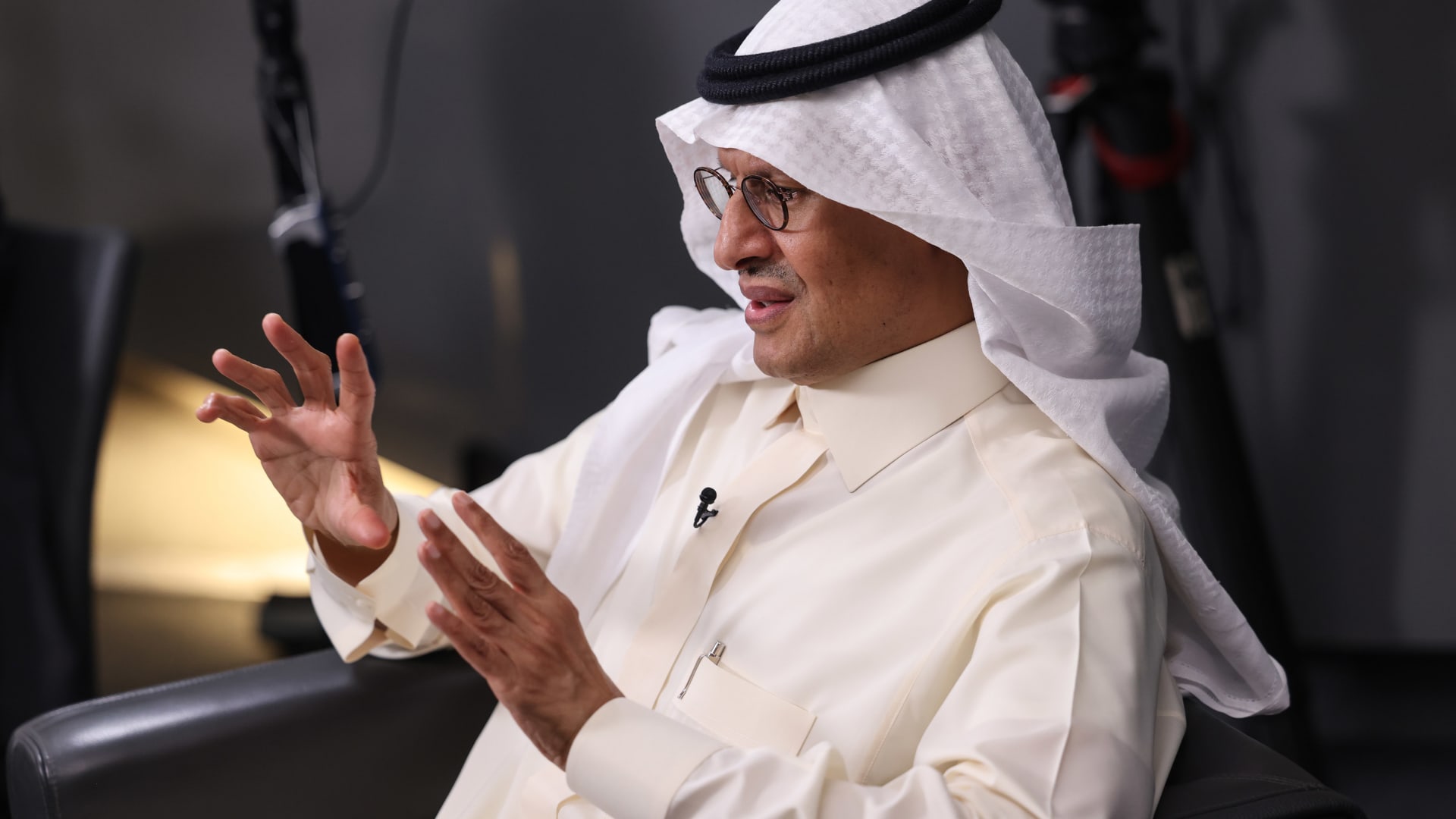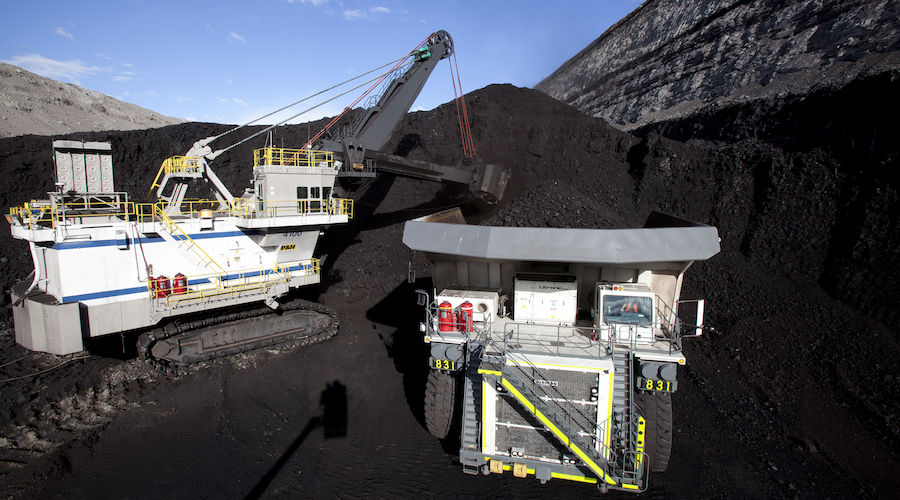Wave Energy Converter Disguised As Boat To Solve Sticky Salt Water Problem


The wave energy field has been lagging far behind wind and solar, but the pace is finally beginning to pick up. Among the latest developments is a new design approach so simple and intuitive it almost hurts, from the Finnish company Wello Oy.
A Wave Energy Converter Disguised As A Boat
The US is among the nations hungrily eying wave energy for rapid decarbonization. “The theoretical annual energy potential of waves off the coasts of the United States is estimated to be as much as 2.64 trillion kilowatthours, or the equivalent of about 64% of total U.S. utility-scale electricity generation in 2021,” says the US Energy Information Administration.
The main challenge is how to convert the kinetic energy of waves into an electrical current without exposing the mechanical systems to salt water. Part of the solution is to encapsulate the working components in a sheath or hull, which is basically how any boat builder would protect the innards of a boat.
Wello has flipped the boat design approach on its head, though. Instead of designing the hull for maximum stability, the company’s “Penguin” wave energy converter is designed to be as unstable as possible.
The design approach comes from Wello founder and CEO Heikki Paakkinen, who spent his early years growing up in Finland, building boats and experimenting with non-motorized propulsion.
“During these test phases, Heikki came to a realization, if a device has the correct shape, it should move a stored mass within the device to rotate,” Wello Oy explains on its website.
After assessing other available wave energy conversion devices on the market Heikki was convinced that no-one else was pursuing that pathway, leading him to found Wello Oy in 2008.
The first full scale prototype of the Penguin was ready for action shortly thereafter, in 2011, designed to maximize the rotational forces.
“The unique asymmetrical shape of the device is designed to capture the energy in the waves from all sides of the device. As waves crash into its hull, The Penguin rotates in place, gyrating around a central point transferring and capturing the energy from the waves crashing into it,” Wello explains.
Wave Energy Conversion: Persistence Pays Off
That sounds simple enough, but moving from the 28-meter prototype to the 44-meter commercial version was a time consuming affair that involved multiple real-world tests to assess and refine controls, electricity production and survivability.
The prototype device completed four separate launchings into the North Sea from the European Marine Energy Center test site. As described by Wello, the device fulfilled expectations, “having survived waves of over 18 meters, proving invaluable insights on the technology, mooring construction, cable connection, control software, and power take-off construction for subsequent models.”
By 2019, Wello had the 44-meter version of the Penguin in its pocket, billing it as “one of the highest energy production devices that has been created.”
“This Penguin sets the benchmarks for state-of-the-art wave energy technology, improving energy generation compared to the previously deployed device in Orkney, and boasting an increase in 380% in energy production,” they enthused.
The Hazards Of Ocean Energy
Wello’s design approach also takes marine hazards into account, including collisions and other mishaps. The hull includes four separate watertight compartments, enabling the Penguin to remain afloat if damaged. The Penguin is also a tow-able device and can be brought to shore for repair if necessary.
Those attributes came in handy shortly after the Penguin was launched on its first deployment, to a site off the coast of Armintza, in Basque Country, Spain.
The deployment began in August of 2021. All appeared to be going according to plan until December, when the remote control system detected a minor leak. The first assumption was that a floating object hit the device. However, once the Penguin was towed to shore for repairs, the consensus was that the damage somehow occurred early on, when the Penguin was being towed to its site.
That probably led to some adjustments in the launch protocols. It also illustrates some of the challenges faced by wave energy developers in general, which helps explain why the entire field has yet to achieve the same level of momentum at work in the wind and solar areas.
More Renewable Energy For Islands
Marine mishaps aside, Wello has been steadily accumulating an A-list roster of partners includuing the global engineering firm Saipem, Enel Green Power, Business Finland, IXIN (a branch of the Indian firm IXAR), the venture capital firm VNT Management and the Finish investment firm Innovestor.
That was enough to convince the government of Barbados to support the company’s pitch to develop a 5-megawatt wave energy wind farm for the tiny, oil-dependent island nation.
Last August, Wello inked an agreement to that effect with Export Barbados (formerly BIDC, the Barbados Investment and Development Corporation). They are not letting the grass grow under their feet.
The Penguin wave energy converter will be headed for Consett Bay, presumably next year if not sooner.
“The project kick-off will commence immediately; both Wello and BIDC want to see wave energy deployed as soon as possible. Barbados and the Caribbean have high wave energy generation capabilities, with continuous and stable energy production on a yearly basis,” Wello explained.
Wello also notes that wave energy is continuous, unlike wind energy and especially unlike solar energy. That’s an important consideration for energy planning in island communities, where suitable on-land sites for renewable energy development are limited.
“Wave energy will add stability to production of renewables; wind and solar are very variable in nature,” says Wello. “Together these sources will result in stable energy production requiring minimal amounts of energy storage or back-up sources.”
Wello cites Mark Hill, the CEO of Export Barbados, who explained further. “We are increasingly aware that our oceans are a latent yet vast resource that can significantly contribute to the economic development of the country, particularly now in a climate that necessitates innovation and economic diversification for survival,” he said.
Of Course, Green Hydrogen
Barbados could end up exercising an outsized influence on the wave energy field in general, and on the role of green hydrogen in providing island nations with a pathway to renewable energy.
The 5-megawatt Penguin agreement comes with an option to increase the capacity to 50 megawatts, with the electricity going to a green hydrogen production facility.
“Barbados is aiming to become a hub of wave energy technology providing their manufacturing and services based on Wello’s technology to neighbouring countries and islands,” Wello forecasts.
Barbados already has more than one card to play as a decarbonization role model. While Wello is working the marine angle, the French firms HDF Energy and Rubis are partnering on a land-based green hydrogen facility that will leverage an on-site solar array as well as a lithium-ion energy storage system.
As an exercise in agrivoltaics, the solar array will also provide grazing grounds for the largest herd of sheep in Barbados.
The International Finance Corporation and IDB Invest are lending institutional support to the project, further underscoring Barbados as a showcase for renewable energy development among island communities.
As for the US, the Department of Defense is among those supporting wave energy R&D, alongside the Department of Energy, to attain both national security and decarbonization goals.
Follow me on Twitter @TinaMCasey.
Photo: “Penguin” wave energy converter taps the power of marine renewable resources (photo courtesy of Wello Oy).
Appreciate CleanTechnica’s originality and cleantech news coverage? Consider becoming a CleanTechnica Member, Supporter, Technician, or Ambassador — or a patron on Patreon.
Don’t want to miss a cleantech story? Sign up for daily news updates from CleanTechnica on email. Or follow us on Google News!
Have a tip for CleanTechnica, want to advertise, or want to suggest a guest for our CleanTech Talk podcast? Contact us here.
Advertisement
This post has been syndicated from a third-party source. View the original article here.




